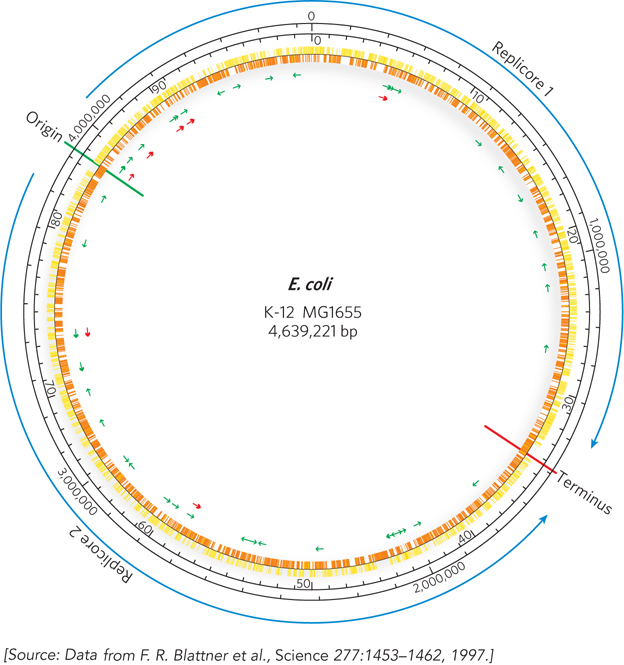
A snapshot of the Escherichia coli genome. K- n-